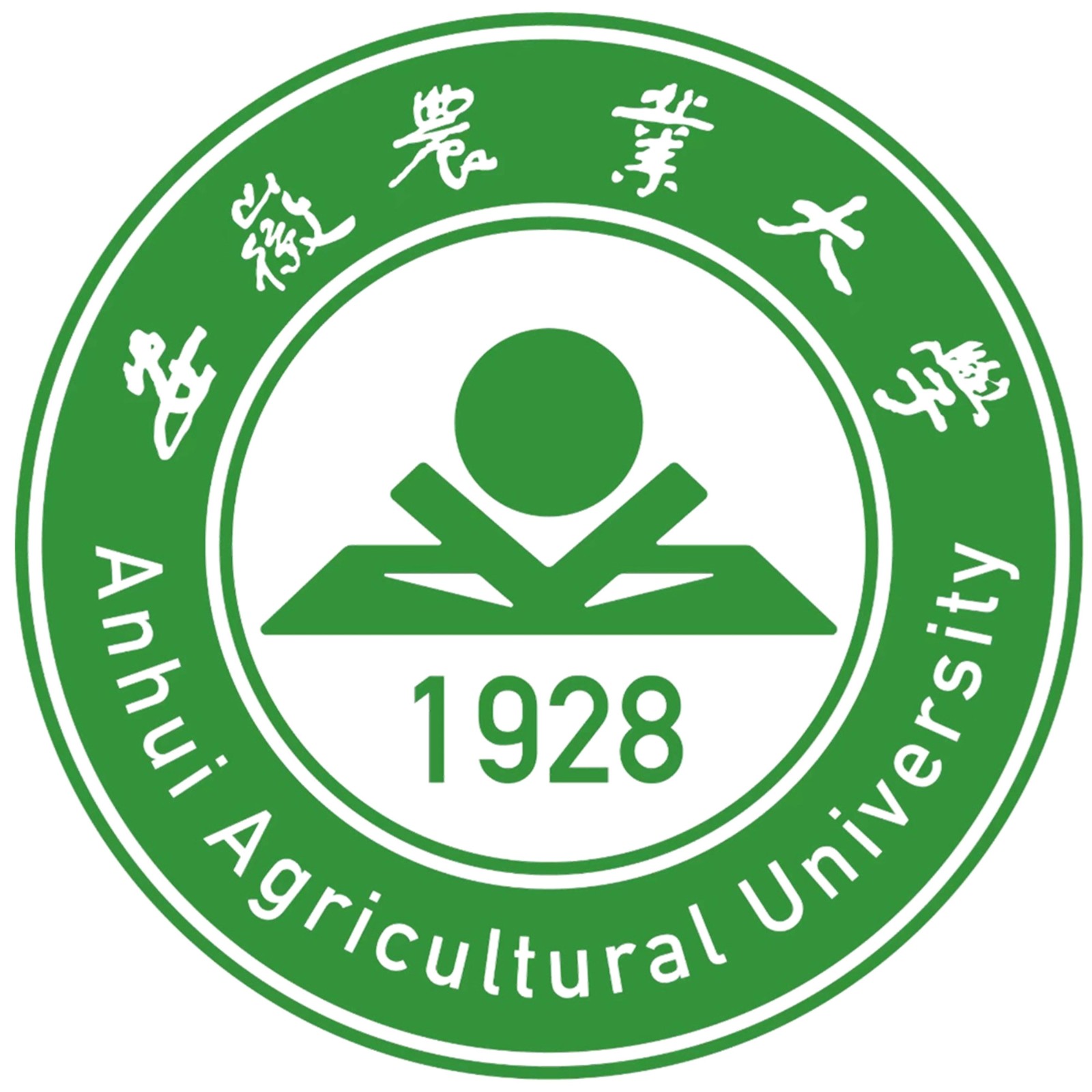Nano Res.公众号报告了本课题组发表的关于3D拉曼成像技术辅助定制纤维素/MOFs复合气凝胶的工作,
链接如下:Nano Res.│香港理工大学忻浩忠、五邑大学叶冬冬:3D拉曼成像技术辅助定制纤维素/MOFs复合气凝胶 (qq.com)
文章信息:Zhanhong Yuan, Dingding Meng, Yingzhu Wu, Guangqing Tang, Ping Liang*, John H. Xin & Dongdong Ye*. Raman imaging-assisted customizable assembly of MOFs on cellulose aerogel. Nano Research https://doi.org/10.1007/s12274-021-3821-1.

MOFs与大部分基底材料之间存在弱界面力,导致其易从基底材料表面脱落,影响复合材料性能。通过金属离子与基底材料中特定官能团形成非共价键相互作用,在基底材料表面原位生长MOFs,可一定程度上提升复合材料稳定性。然而,一些问题,如“基底材料中离子的螯合位点如何分辨”?、“离子位点密度对MOFs晶体的自组装过程及复合材料形貌有无影响?”仍困扰着我们。因此,五邑大学叶冬冬老师、梁萍老师和巫莹柱副教授和香港理工大学忻浩忠教授合作,在本工作尝试利用从海藻渣中提取海藻纤维素,并制备得到高长径比、羧基化纤维素纳米纤维。我们利用拉曼成像技术监测金属离子诱导纳米纤维素溶液凝胶化过程,并可视化获得离子螯合位点分布图。同时,基于上述金属离子组装MOFs,获得具有独特纳米纤维缠结MOFs晶体结构的复合气凝胶,并赋予该气凝胶高比表面积(734.7 m2/g)、低密度(6.18 mg/cm3)、良好的结构稳定性、良好的机械性能和极佳的阳离子染料吸附性。

Figure 1 (a) Schematic of TACFs@ZIF-67 aerogel preparation, including purification and the TEMPO oxidation of algae cellulose into cellulose nanofibers. (b) AFM image of the TACF dispersion and ((c) and (d)) images of moldable TACFs@Co2+ hydrogels and TACFs@ZIF-67 hydrogels, respectively. (e) Image of TACFs@ZIF-67 aerogels, demonstrating an ultralow density. (f) and (g) SEM and magnified SEM images of TACFs@ZIF-67 aerogels, respectively, revealing an evenly dispersed, nanofiber-entangled ZIF-67 crystal structure.
图一示出TACFs@ZIF-67气凝胶的合成方法。我们从海藻中提纯海藻纤维素,并利用TEMPO氧化和超声处理获得高长径比海藻纤维素纳米纤维。在加入金属溶液后,Co2+与纤维素分子链上的羧基通过静电相互作用螯合,诱导纤维素纳米纤维凝胶化,制得TACFs@ Co2+复合凝胶。随后加入有机配体,得到紫色的TACFs@ ZIF-67复合凝胶。超临界二氧化碳干燥后制得具有极低的密度的复合气凝胶。由于纤维素纳米纤维本身的高长径比和羧基基团的存在,通过金属位点生长的ZIF-67可以在气凝胶中均匀分布,纤维素纳米纤维包裹缠结ZIF-67晶体如图1(f, g)。

Figure 2 (a) Image and ((b), (b1), and (b2)) successively magnified SEM images of the algae residue. (c) Image and ((d), (d1), and (d2))
gradationally amplified SEM images of the algae cellulose after purification. (e)–(g) Digital, TEM, and AFM images of the algae cellulose
dispersion after ultrasonic treatment, respectively, showing clear aggregation after being left for a week. (h)–(j) Digital, TEM, and AFM
images of TACF dispersion, respectively, demonstrating a uniformly dispersed nanofiber structure with high aspect ratios.
图2示出了海藻纤维素纳米纤维纯化和处理过程。海藻渣是一种含有大量杂质的密集堆积结构(图2a,b),通过一系列的提纯漂白处理得到海藻纤维素,由于纤维素分子链间的氢键作用而出现密集堆积。经过超声处理之后,纤维素纳米纤维有一定分散,但是仍然存在较多直径高达418 nm的块状堆积结构,因此TEMPO氧化处理引入羧基,不但降低纳米纤维素直径,而且提升其分散稳定性。

Figure 3 (a) Using Raman imaging technology to observe the interaction sites of cobalt ions and TACFs. (b) Representative Raman spectra
of TACFs and TACFs@Co2+ gels. (c) 2D Raman image obtained by analyzing changes in the carboxyl signal intensity, showing the distribution of Co2+ and TACFs. (d) Representative Raman spectra between points i and iii. (e) The intensity distribution diagram of the aforementioned Raman spectrum.
图3示出利用3D拉曼成像技术监测离子与纤维素纳米纤维相互作用及螯合位点图。由于Co(Ⅱ)与羧基的结合会导致纤维素C6位上羧基的振动信号峰发生
变化,因此通过对1355 cm-1信号峰的变化进行成像,可以证明Co(Ⅱ)与纤维素分子链上羧基成功结合。通过原位监测TACFs与Co(Ⅱ)的螯合过程,观察到TACFs@Co2+凝胶中作为活性位点的离子分布,指导MOFs的负载和合成。

Figure 4 (a) Digital image of the moldable TACFs@ZIF-67 hydrogels. (b) Representative Raman spectra of the ZIF-67 powder and TACFs@
ZIF-67 aerogel. (c) XRD spectra of the algae cellulose, TACFs, TACFs@ZIF-67 aerogels, and simulated ZIF-67 crystals. (d) 3D Raman imaging
obtained by analyzing the peak intensity at 676 cm−1, showing the distribution of ZIF-67 in aerogels. (e) The ZIF-67 crystal distribution
presented by the 2D Raman image on the top surface of Fig. 4(d) shows a certain match with the SEM image of the aerogel. (f) SEM images of the composite aerogels prepared under different ion concentrations.
图4示出复合气凝胶的结构。由于纳米纤维的高纵横比、易聚集和缠结,以Co(Ⅱ)为晶核的ZIF-67晶体可以缠结在纳米纤维中,形成均匀分散且结构稳定的TACFs@ZIF-67气凝胶。随着对Co(Ⅱ)浓度的调节,可以轻松地调整ZIF-67晶体的尺寸大小。

Figure 5 (a) Adsorption–desorption isotherms of pristine TACFs and TACFs@ZIF-67 aerogels. (b) Barrett–Joyner–Halendar (BJH) pore size
distribution of pristine TACFs and TACFs@ZIF-67 aerogels. (c) BET surface area of pristine TACFs and TACFs@ZIF-67 aerogels. (d) UV–vis
spectra of an aqueous solution of MB and RhB. (e) Adsorption of MB and RhB at various temperatures. (f) Comparison of adsorption
capacity for RhB and MB on various adsorbents. (g) Plot of the intraparticle diffusion modeling of MB onto the aerogels. (h) pHzpc of TACFs@33% ZIF-67 aerogels and the effect of pH on MB adsorption. (i) ATR-FTIR spectra of TACFs@33% ZIF-67 aerogels before and after MB adsorption.
图5示出复合气凝胶吸附性能。由于纤维素气凝胶与ZIF-67晶体提供的丰富介孔和微孔结构,复合气凝胶具有高达734.7 m2/g的比表面积。基于复合气凝胶优异的孔隙和包裹缠结结构,将其应用于染料吸附,发现复合气凝胶对阳离子染料表现出良好的吸附行为,其中对罗丹明B的吸附量达86 mg/g。通过吸附动力学和伪二阶方程分析复合气凝胶的吸附机理:染料分子在气凝胶表面扩散,吸附在气凝胶的活性位点上,最终进入平衡阶段。
综上所述,通过调节配位离子Co2+作为组装ZIF-67晶体的反应位点的分布,制备了TACFs@ZIF-67复合气凝胶。三维拉曼成像技术证实,从藻类残渣中提取的TACFs具有中等含量的羧基,这赋予了TACFs离子诱导的凝胶化行为,并确保了凝胶中离子位点的均匀分布。此外,气凝胶中的纤维素纳米纤维依靠离子位点与均匀分布的MOF晶体紧密缠结,使复合气凝胶具有高比表面积(734.7 m2/g)、低密度(6.18 mg/cm3)、结构稳定和对阳离子染料吸附性能优异的优点。本研究基于对离子和基底材料之间相互作用的深入理解,展示了一种制备高性能MOF气凝胶基吸附材料的简易策略。
